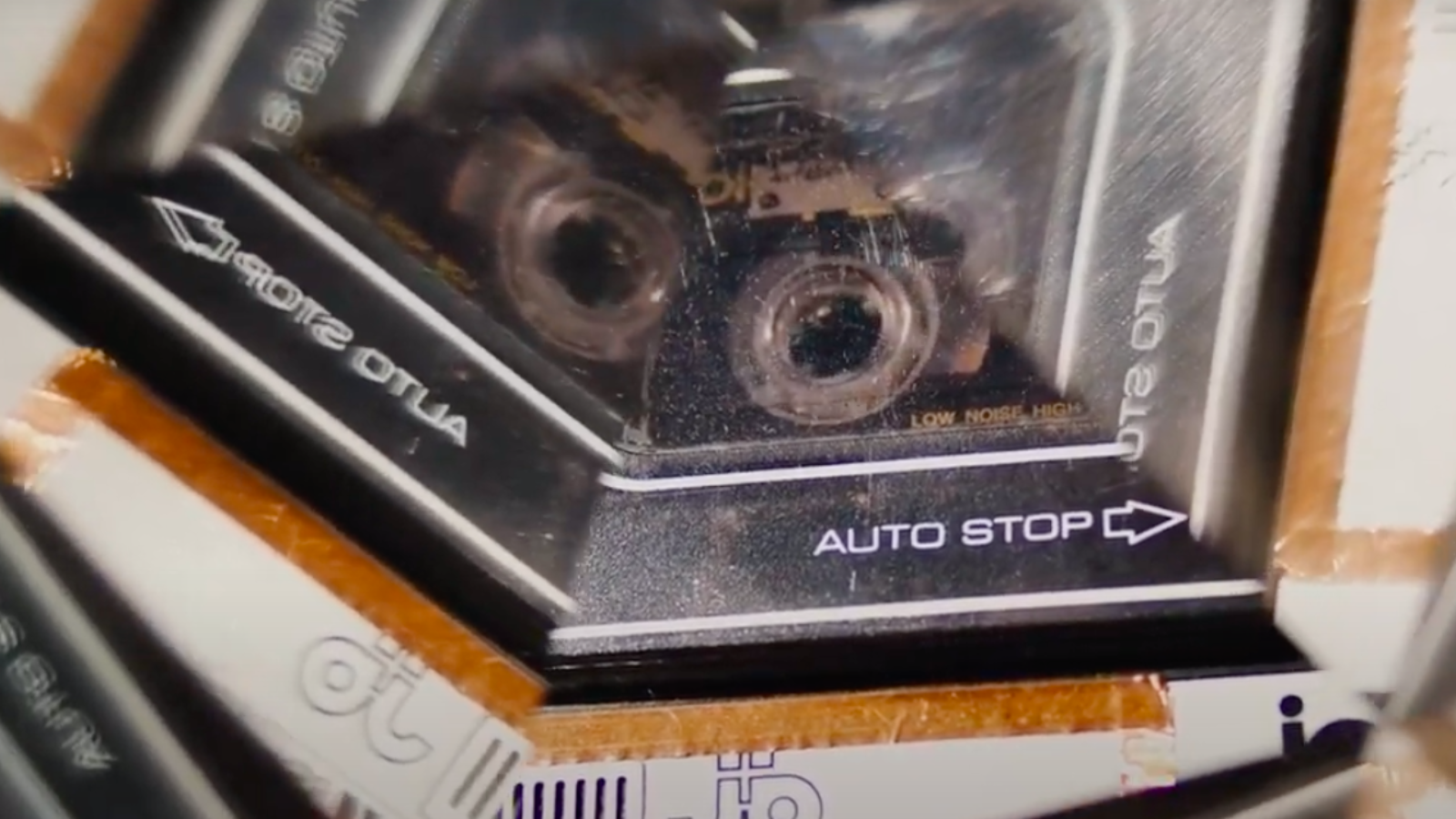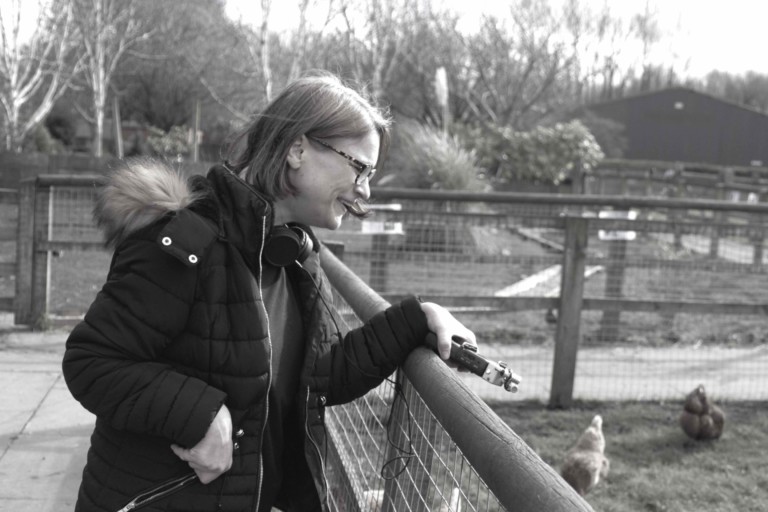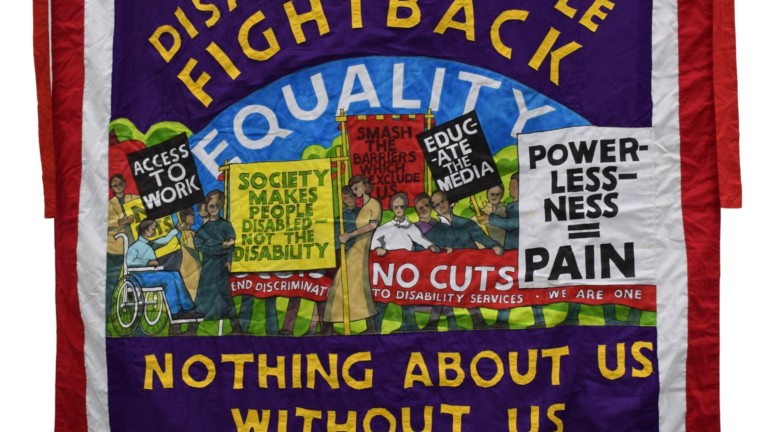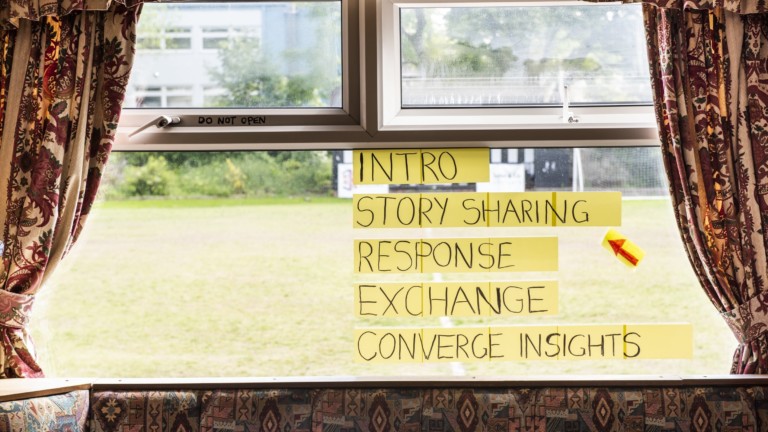- Collectivity
When you hear the word PIP, you might think of Charles Dickens and the dark lives of the underprivileged during the Victorian era. But this piece is not about Victorian England and its poverty, squalor and inequality; it’s about modern day disability rights, crip culture, cassette tapes and the introduction of Personal Independence Payment (PIP).
Gemma introduces us to the project:
'PIP was introduced in 2012 to gradually replace Disability Living Allowance (DLA) – a social security payment for disabled people who have extra care or mobility needs. Disabled people have largely viewed PIP as an unfair cost cutting exercise driven by current neoliberal ideology. Along with the harmful ‘benefit scrounger’ narratives churned out by the media, the move from DLA to PIP has widened disability related inequalities and prejudices.
Amongst many of the disparities of PIP, until 2020 claimants were not allowed to make digital recordings of their assessments. Many claimants resorted to using cassette tapes, in The PIP Tapes project, sound artist Gemma Nash explores the symbolism cassette tapes provide in this context.
In many ways cassette tapes represent the unfixed cracked nature of impairment. Cassette tapes signify physical frailty; death and decay more forcefully even than vinyl. They break and jam easily and require patience and time to be fixed. Even when they are ‘fixed’ they still hiss and distort recordings.
But they are also a symbol of rebellion, hope and freedom. Cassette tapes can be recycled or hacked for bootleg recordings and are free from the claws of digital algorithms. Cassette tapes are nakedly honest, and in this sense they are the perfect representation of ‘crip’ culture and resistance.'
Research and Development
Gemma is developing the project through a series of research and development phases, working with multiple collaborators and artistic forms to create layers of personal narrative, sound, archive material and remixed material. These collaborations have been initiated through a series of exchanges between artists and activists, many of whom have not met each other either virtually or in real time, creating an interesting remote conversation between strangers.
The first of these exchanges has been produced by two artists from very different backgrounds – Gill Crawshaw and Calum Perrin.
Crawshaw is a textile artist based in Leeds. Her narrative for The PIP Tapes explores 1980s counter culture, benefits and coming out as a disabled person. Within her piece she talks about the 1 in 12 Club, the Leeds DIY cassette music scene, knitting, and the search for some radical disabled people.
Gemma introduces us to the project:
'PIP was introduced in 2012 to gradually replace Disability Living Allowance (DLA) – a social security payment for disabled people who have extra care or mobility needs. Disabled people have largely viewed PIP as an unfair cost cutting exercise driven by current neoliberal ideology. Along with the harmful ‘benefit scrounger’ narratives churned out by the media, the move from DLA to PIP has widened disability related inequalities and prejudices.
Amongst many of the disparities of PIP, until 2020 claimants were not allowed to make digital recordings of their assessments. Many claimants resorted to using cassette tapes, in The PIP Tapes project, sound artist Gemma Nash explores the symbolism cassette tapes provide in this context.
In many ways cassette tapes represent the unfixed cracked nature of impairment. Cassette tapes signify physical frailty; death and decay more forcefully even than vinyl. They break and jam easily and require patience and time to be fixed. Even when they are ‘fixed’ they still hiss and distort recordings.
But they are also a symbol of rebellion, hope and freedom. Cassette tapes can be recycled or hacked for bootleg recordings and are free from the claws of digital algorithms. Cassette tapes are nakedly honest, and in this sense they are the perfect representation of ‘crip’ culture and resistance.'
The PIP Tapes: 1980s by Gill Crawshaw
Calum Perrin is a sound artist from London. In a conversation between strangers Calum remixes Gill's story about cassette culture, knitting and crip resistance into A Photograph, an intriguingly erie modern ambient track.
The PIP Tapes: A Photograph, by Calum Perrin
Download The PIP Tapes R&D1 transcripts here:
In further layering and remixing, Calum remixed Gemma's track Do not own it // do not open it, a track originally produced by Gemma as a response to the absurdity of PIP claimants having to use cassettes to record their assessments.
Do not own it // do not open it - Argos Remix by Calum Perrin
Perrin’s downbeat remix includes reviews of cassette recorders found on the Argos website from claimants. The short film SET UP THE MACHINES (below) is film maker Alex Mannion-Jones‘ visual interpretation of Perrin’s remix. Mannion-Jones has layered footage of cassettes, disability rights demonstrations and blossom.
The PIP tapes was shown as part of Nothing About Us Without Us, at People’s History Museum in Salford, November 2022 - October 2023.
Gemma is continuing the development of this work and we'll be sharing a call for more collaborators and contributors soon. For more information about The PIP Tapes contact emily@heartofglass.org.uk




 News
News

